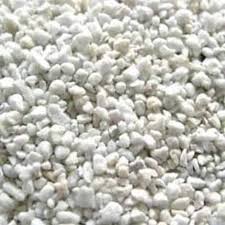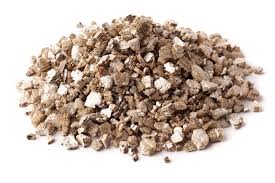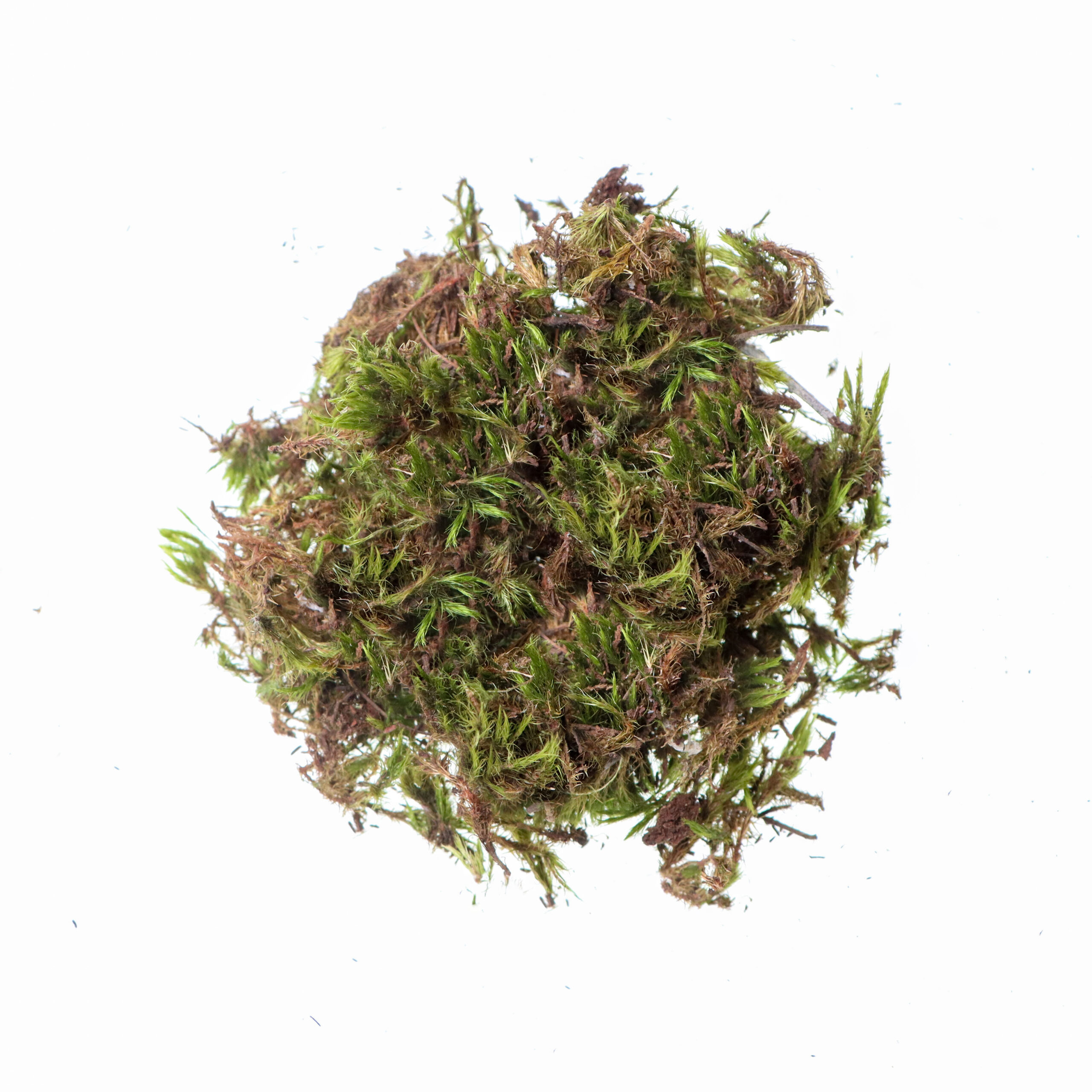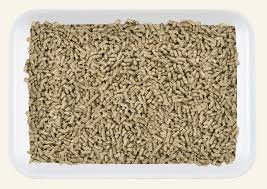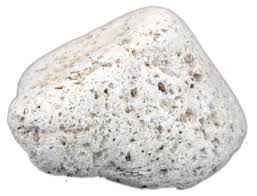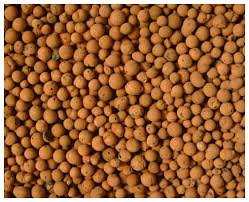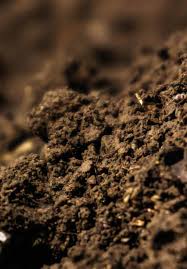UPCOMMING EVENTS / NOTICES
Our gate is closed for security. Please hoot at the gate to get our attention to open.
Mon - Fri 8am to 5pm
Sat 8am to 1pm
Sun Closed
NEXT BRAT MEETINGS
.
ORGANIC COMPONENT
This, to me, is the most important ingredient. Do not just add compost, get a GOOD fine/sifted compost. Good composts, usually cost a bit more, for a good reason. For your bonsai to grow optimally, it needs to be able to get nutrients and water. Cheap composts, may not have been composted completely, altering the PH balance in the soil.
INORGANIC AGGREGATES
Vast amounts of time are spent researching and buying these materials. The whole point behind inorganic aggregates, is water and air retention, drainage and fine root development. These components are still secondary to A GOOD COMPOST.
By changing the percentage of organic to inorganic mixture as well as particle size and ph, one can change the whole mix. The soil mix needs between 25% and 33% available air, 25% water, leaving 50% for your organic component and inorganic component. Certain species and the local envoronment, will require more moisture and water retention properties. Smaller trees usually do better with smaller particles, while others, will want a different PH balance. It stand to reason that your optimum mixture will depend on the species being grown, which goes hand in hand to the climatic condition, wherein the tree occurs naturally. e.g. a swamp cypress from the Florida Everglades requires different condition to a Baobab from the dry bushveld.
OUR FORMULA??
By changing the percentage of organic to inorganic mixture as well as particle size and ph, one can change the whole mix and its effect on a plant.
Parts of the formula are expressed in “parts” for example : 3:2:1 which is 3 parts grit : 2 parts bark : 1 part compost.
Different plants naturally have different root systems and thrive in different soil mediums. The nature of the plants natural climate and environment should be taken into account when mixing the percentage of INORGANIC SUBSTRATE to ORGANIC SUBSTRATE. As an example, trees from dry areas should have a higher percentage of INORGANIC SUBSRATE than trees from wet areas where the ORGANIC water retentive SUBSTRATE percentage should be higher.
The higher the percentage of inorganic material the less the weeds grow. The higher the percentage of compost the more water retention and the higher the compaction.
In our area we use dolomite stone as our inorganic base because
•It is available locally.
•It is relatively cheap.
•It is sharp. Producing fine ramification is the hallmark of a good bonsai. The finer the root system, the better the ramification. It is this concept that requires the stone to be sharp as opposed to being smooth, as when the root reaches the sharp stone it invariably divides itself, causing a fine root system.
•It is round allowing particle space for water, air and nutrition.
•It is black attracting heat and looks good.
•It is heavy allowing the tree to be anchored.
•Although it is alkaline, it does not break down.
•It comes in the correct size.
In Conclusion
A good “Bonsai soil” or rather a growing medium, as a bonsai soil, should be adapted to a plant species and the climate that the bonsai grows in. It should consist of a large percentage of inorganic sharp round grit and most importantly a good nutritional source of compost.
All plants, with the exception of fungi, need to produce food. Air is the source of carbon dioxide, which is needed by plants to produce food, and it is just as important in the soil because the tree roots, like leaves, need to breathe. The millions of micro organisms that live in the soil also need air and without air, they too die and the soil will becomes lifeless. We want our bonsai to develop as quickly and healthily as possible. So we are always looking at the optimum conditions. Generally, the growing requirements of the plant are
1. light
2. water
3. air/gas
4. nutrition/minerals
3 of the 4 above requirements, being Water, Air and Nutition are obtained from the soil.
Many of us tend to ignore or take for granted is what is in the pot, what we term as the substrate medium, or simply the soil mix. The subject can be dull and boring, but this is where a healthy trees start.
Bonsais spend their life in a container as opposed to other trees, which are grown in the ground. A tree in the ground, is able to send its roots to find and look for nutrition, air and water. So the soil mixture for bonsai must thus be super charged and consequently we look at its composition from a more scientific approach.
The spaces between the soil particles traps air, water and nutrition and this is often referred to as the atmosphere in soil. The soil atmosphere plays a most important role in a bonsai's development.
In nature, different soils have differing amounts of humus and rocky substances, and plants and trees have evolved over eons to grow in these conditions, requiring differnet PH conditions. A correct PH balance, will allow a tree to uptake their nutritional requirements optimally.
Soil compositions vary in the texture, mix and physical structure, considerably. Essentially, as a start, a good bonsai soil will consist of 2 components.
1. An organic substrate. The organic material which is called humus is derived from vegetable and animal matter. It contains beneficial bacteria, mycorrhizae and other micro organisms, that a bonsai will need.
2. An inorganic substrate, is derived from weathered rock and mademade materials. The geology of a region determines, to a large extent the nature of the soil. Fine particles will be sandy or clay, while large particles may be stone and rocks. In terms of PH, soils in a predominantly limestone region will prefer an alkaline substrate, whereas if the geology is volcanic, the soil should be more acidic, and the tree would have adapted to a more acidic soil.
Inorganic substates are sterile and may be lifeless.
Certain bonsai species will require more moisture and so the substrate will require a higher water retention properties.
So our optimum mixture will depend on the species being grown, which is also influenced by the surrounding climatic condition e.g. a swamp cypress from the Florida Everglades requires different condition to Baobab, from the dry sandy bushveld.
Substrate mixes in bonsai, one hears of components such as akadama, sakadama, compost, peat, loam, sand, clay, turface, granite, stone, cat litter, perlite, bark, pumice, diatomaceous earth, leca and riversand.
It is quite over whelming, and each manufaturer will tell you about the benefits of their mix.
It follows that there are many soil mixes. Here are some guidelines for building your soil mix.
1. Cost. Some inorganic substrates imported will cost 100s of times more than local suitable substrate.
2. Availability. Large riversand particles are a good solution.
3. Particle size 2mm-7mm. Soil that is made up predominantly of very fine particles is called clay. Medium size grains are known as silt, while those that have the largest particles are sand or grit. Leave spaces for water, air and nutrition, which allows for quick drainage, fine root growth and air into the soil. Particles that breakdown will become silt or clay.
4.Water retention. Smaller particles will retain more water, but may not make the water available to the plant.
5.Durability. Particles made from clay may break down.
6.Aesthetics. A white soil may conflict with a dark pot.
7.Weight. Light particles may not hold the tree securely in its pot.
8.Cation Exchange Capacity (CEC). The ability to transfer water and minerials via electrolsys between the plant and substrate. Plants and soil have a negative and positive charge. This allows an easier exchange, between the tree and the substrate.
Long lasting, well aerated, light and moisture retentive. Low in nutrients and difficult to wet once dry. Many trees are sold in pure spaghnum moss. This is a requirement of importing sterile mediums into South Africa. The importers do not repot these plants into a nutritious mix and the plants envariably suffer a slow death from the soil not having any nutritional value and suffocation being too wet. Harvesting and use release carbon dioxide
Mined volcanic glass. Sterile, inert and light. It improve aeration and modifies the soil substructure, keeping it loose, well-draining, and defying compaction. Perlite is also great for rooting cuttings and fosters much stronger root formation. Colour is white and often makes its way to the surface.
Expanded mica, similar to perlite. Holds more water and less air. It gives up its moisture more readily than Perlite. Darker in colour.
Retains and makes available very good moisture. No nutritional value. pH neutral and the capacity to hold nutrients. It is disease free, pest free and weed free. Decomposes over time. Colour is dark.
From fine to coarse. A natural product. Coarser will have more air retention but will dry out faster. Fine sand can clog the root system while clay does not make available water to the plant. PH can vary vastly. Colour can vary vastly. It is cost effective. The size should be above 3mm.
High CEC factor. Leaf litter is an important component of healthy soil. Decomposing leaf litter releases nutrients into the soil and also keeps it moist. May harbour pests and diseases.
Various grades of chipped wood allows for free drainage and various ph. Good for water and nutrition retention and release. Light and well aerated. Naturally low in nutrients. Bad quality bark can be high in harmful salts. Has the highest CEC factor of all substrates. May harbour insects and pests.
The organic material which is called humus is derived from vegetable and animal matter. A good humus should retain and release nutrition in the right quantities when needed. It should also hold and release water as needed. The PH and stage of
decomposition also plays an extremely important role and gets rid of amonia. Evolution of plant nutrition would be based on this component, along with bark and lefa mould.
Akadama is a clay mined in Japan, and is very costly. Has very good water retention. Akadama breaks back down to clay. So repotting every 3 years is important. Has very little CEC.
I have not as yet tested this, but I would believe that it would breakdown too quickly. It ius made of various absorbant materials, like wood clay, as it is baked clay and form mud.
Used as a stone to defoiliate skin. Pumice is durable and would work well. Has very little CEC.
Leca is a man made clay, light and good air retention. Takes a while for moisture to penetrate. Looks good. Is costly. Has very little CEC.
Bonsai Soil Composition
Guidelines to Consider
Component Mix
Spaghnum Peat Moss
Perlite
Vermiculite
River Sand
Coir and Coconut Peat
Humus
Leaf Litter
Bark
Akadama
Pumice
Leca
Cat Litter
We are a Bonsai Nursery, based in Midrand, Gauteng, South Africa. We import pots, tools and accessories directly, enabling us to give the lowest prices. We grow and style our own trees, species suitable to the High Veld environmental conditions. We supply and consult to bonsai clubs and growers, corporates, nurseries, weddings, promotional gift companies and individuals.
